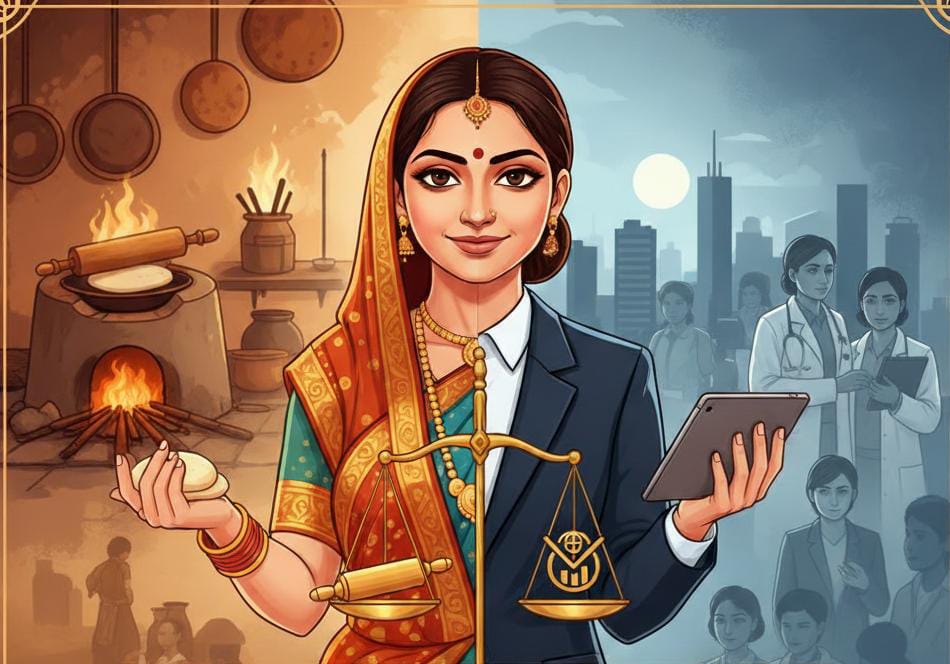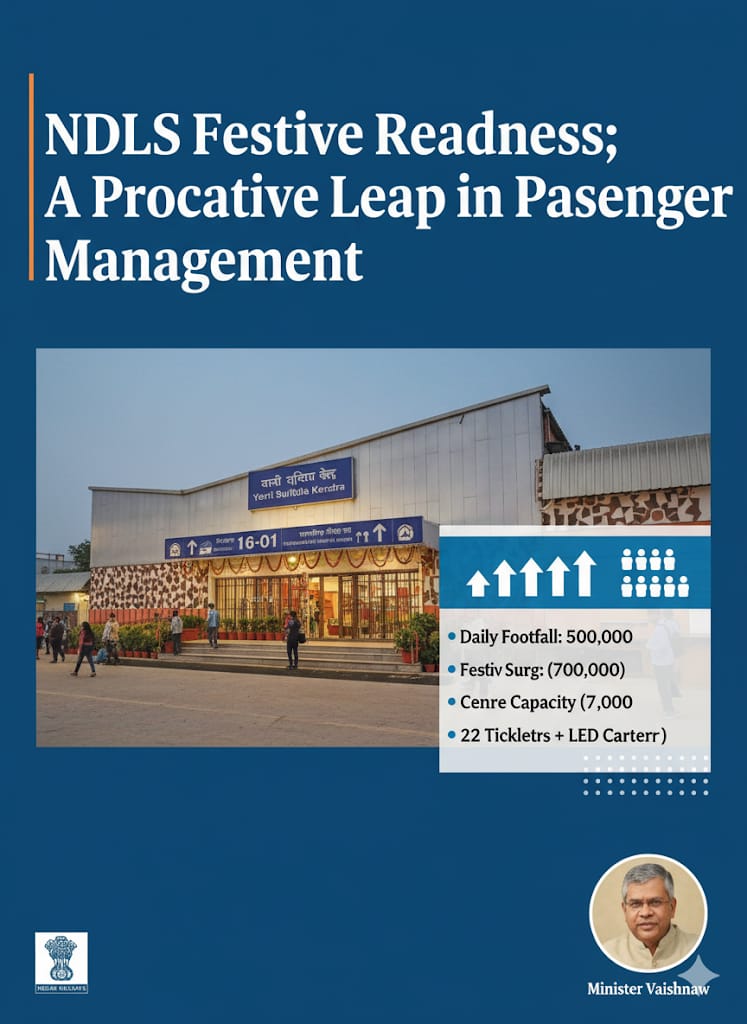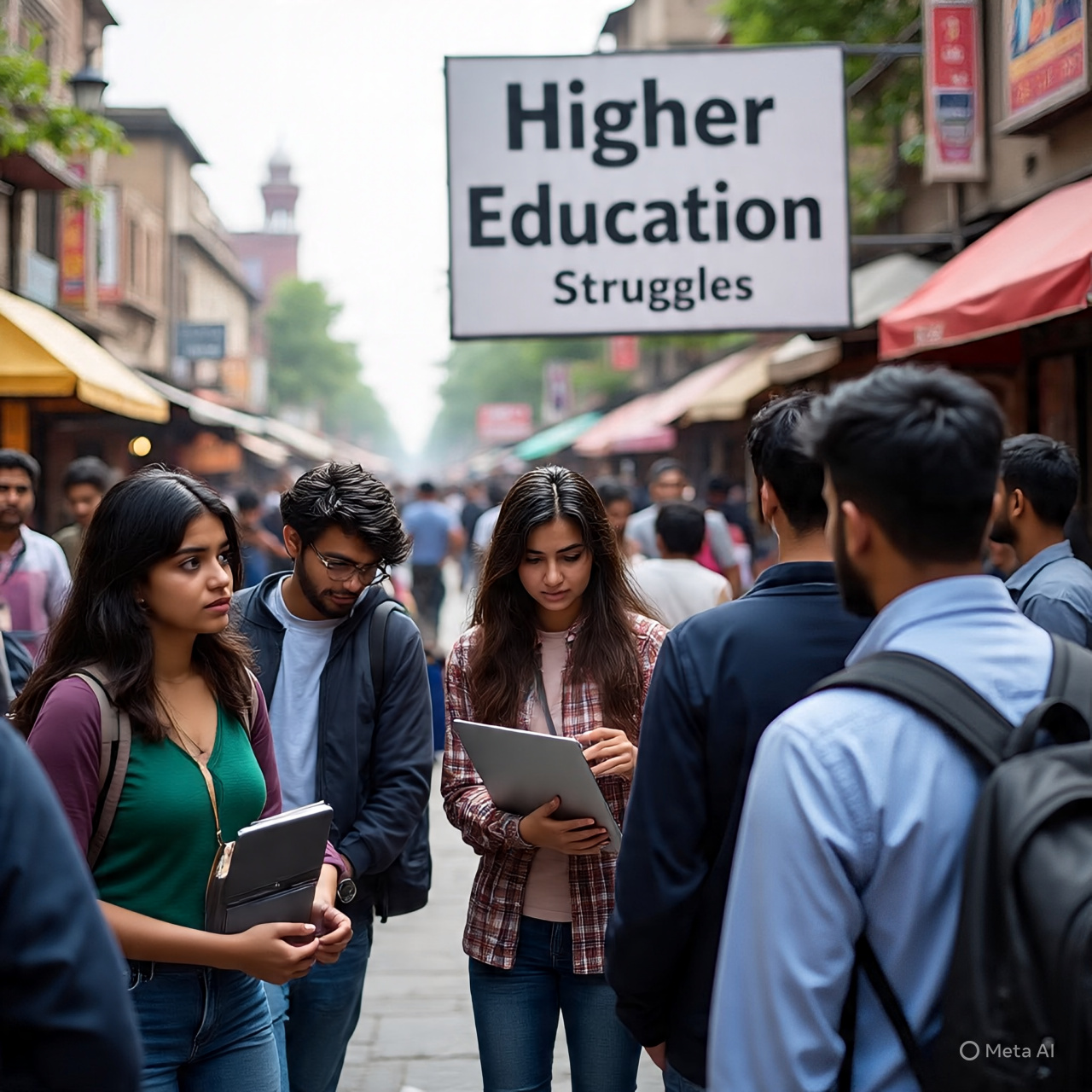
In a significant curricular shift rooted in a cultural reawakening, the National Council of Educational Research and Training (NCERT) has removed all references to the Mughals and Delhi Sultanate from the Class 7 history textbooks, starting from the 2025–26 academic session. This decision, shaped by the National Education Policy (NEP) 2020 and the National Curriculum Framework for School Education (NCFSE) 2023, seeks to reorient Indian education toward indigenous knowledge systems, cultural ethos, and national priorities.
While this decision has sparked diverse reactions, it also opens up a critical debate: can this curricular change help India grow culturally, socially, and economically?
What Has Changed?
The revised Class 7 NCERT textbooks now include:
- Removal of chapters on Mughals and the Delhi Sultanate.
- Inclusion of new chapters focusing on ancient Indian dynasties such as the Magadha, Mauryas, Shungas, and Satavahanas.
- Emphasis on “sacred geography”, including religious circuits like the 12 Jyotirlingas and Char Dham Yatra.
- Descriptions of contemporary government initiatives like Make in India, Beti Bachao, Beti Padhao, and Atal Tunnel.
- Cultural events like the Maha Kumbh Mela in Prayagraj.
The Philosophy Behind the Change: An Indian Ethos in Education
This transformation is rooted in the NEP 2020 vision of an “Indianized” curriculum—one that moves away from a colonial framework of history and embraces local traditions, philosophies, and knowledge systems. By doing so, NCERT seeks to:
- Instill national pride in students.
- Reduce dependence on Eurocentric and Islamic-centric narratives of Indian history.
- Encourage contextualized learning that resonates with the lived experiences of Indian students.
The Development Angle: How Can This Help India Grow?
1- Creating a Confident National Identity: A child educated through a curriculum centered on India’s own civilizational achievements—such as ancient empires, scientific advancements, and cultural heritage—may grow up with a stronger sense of self-worth and national identity. This confidence can translate into innovative thinking, leadership, and civic responsibility—all necessary for a developed nation.
2- Aligning Education with Socio-Economic Goals: By integrating real-world references like Make in India or the Atal Tunnel, the curriculum aligns school education with national economic goals. Students are no longer reading abstract history but understanding the connection between policy, infrastructure, and development. This builds a generation of learners who are not just exam-savvy but also development-conscious citizens.
3- Decolonizing Indian History: Critics have long argued that Indian history textbooks give disproportionate attention to invaders and dynasties that subdued India, often at the cost of ignoring regional heroes, indigenous rulers, and spiritual traditions. This change allows Indian students to study history from within, not through the lens of colonizers or conquerors.
A decolonized curriculum can also nurture indigenous scholarship and cultural entrepreneurship, potentially spawning a new market for vernacular publishing, local tourism, and heritage education.
Potential Criticisms and Counterarguments
Criticism: Erasing Historical Truths - Some scholars argue that removing the Mughals and Delhi Sultanate amounts to whitewashing history. These were undeniably influential eras, shaping Indian architecture, language, cuisine, and administration.
Counterargument: The NCERT has not denied history but rather restructured the focus. These chapters may still exist in later grades or through specialized study. Moreover, rebalancing the narrative does not mean erasure but contextual inclusion—something that was long overdue.
Criticism: Politicization of Curriculum - Opponents claim this is politically motivated to push a majoritarian view of history.
Counterargument: Every nation curates its educational content. The U.S., China, and Japan all emphasize national heroes and cultural continuity in their textbooks. India is simply reclaiming its historical narrative to foster unity and pride.
Global Parallels: Cultural Curriculum and National Development
Countries like Japan and South Korea have built robust national identities through history education focused on cultural roots, struggles, and achievements. Their models show that economic development is deeply tied to a population's cultural self-esteem.
India, with its mosaic of traditions, can take a similar route by emphasizing Dharmic philosophies, indigenous technologies, and regional histories—something that the revised NCERT textbooks begin to reflect.
Opportunities for Growth: Beyond the Classroom
A. Boost for Domestic Publishing: With the curriculum shifting to Indian content, there is room for local authors, historians, and publishers to produce supplementary material, biographies, and storybooks on Indian dynasties and traditions.
B. Promotion of Tourism and Culture: Topics like Char Dham, Jyotirlingas, and Kumbh Mela could inspire students to explore their country, boosting domestic tourism and allied industries.
C. Revival of Indian Knowledge Systems: If followed through in other subjects, this trend could revive interest in Ayurveda, Yoga, Vedic mathematics, ancient astronomy, and more—areas where India can reclaim global leadership.
A Bold but Necessary Reorientation
The removal of Mughal and Delhi Sultanate chapters from Class 7 NCERT books is not just a curriculum tweak—it is a philosophical reorientation of Indian education. By placing Indian ethos at the center, it aims to build a generation that is proud, rooted, and forward-looking.
This change, if carried out with scholarly balance and pedagogical depth, could be a turning point—not just in education but in India's journey towards becoming a self-reliant, culturally assertive global power.




.jpeg)


.jpeg)




.jpeg)








